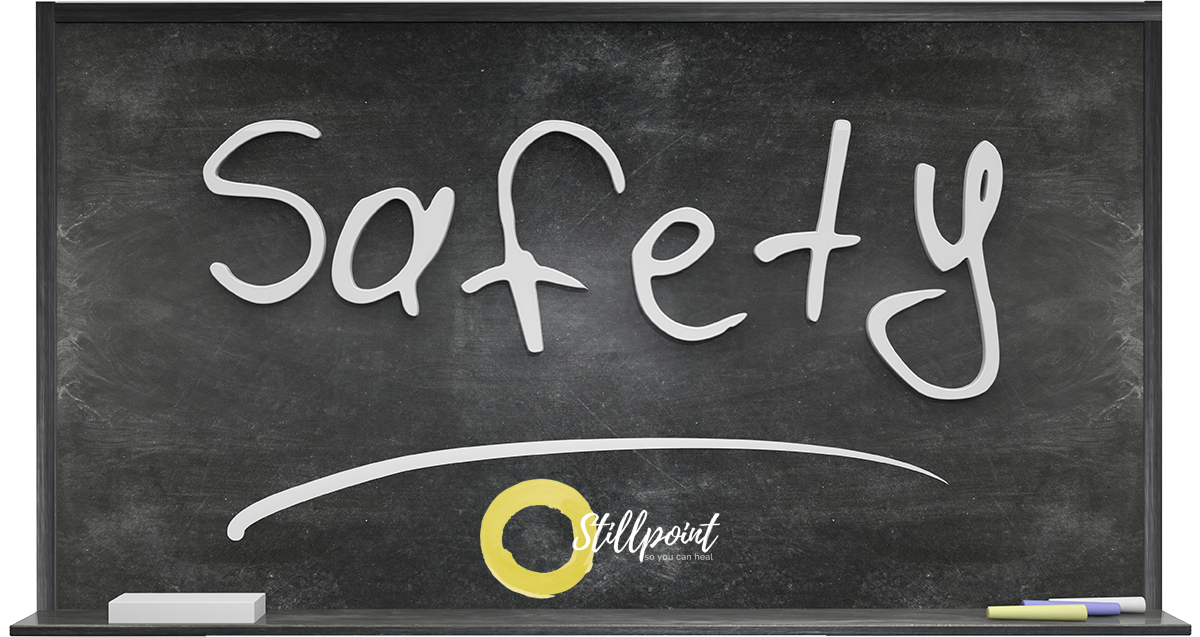
A 16-year-old male sophomore in Greenwood, Indiana was shot and killed at a bus stop in 2022.
This year, a grade school student in nearby Whiteland brought a gun onto a bus but fortunately was turned in by a classmate before he could enter his elementary school.
The federal government does not track school shootings, but The Washington Post does and found that children in the United States have been exposed to gun violence during school hours 386 times since the Columbine High massacre in 1999.
According to the National Center for Education Statistics, 77 percent of public schools recorded that one or more incidents of crime had taken place, amounting to 1.4 million incidents in 2020 (the latest statistics available). This translates to a rate of 29 incidents per 1,000 students enrolled.
There were more school shootings in 2022 (46) than in any year since at least 1999. Beyond the dead and wounded, children who witness the violence or cower behind locked doors to hide from it can be profoundly traumatized.
A survey and study by the National Institutes for Health found that "the mean prevalence of the students who felt unsafe at school was 19.4 percent and ranged from 6.1 percent to 69.1 percent. Their perceived safety was associated with a wide range of personal, school and social factors." The study concluded that "not feeling safe at school was related to being victimized and mental health difficulties, including depressive symptoms and suicidal behavior."
Discussing school safety with your children is crucial to ensure their well-being and peace of mind while they attend school. While you want to address their concerns, it's essential to strike a balance between informing them about potential dangers and maintaining a sense of security.
Here's a guide on how to have a thoughtful and age-appropriate conversation with your children about school safety.
Choose the Right Time and Place
Select a calm and comfortable environment to initiate the conversation. Avoid discussing this topic during moments of stress or when your child is preoccupied with other thoughts.
Gauge Their Understanding
Before diving into the conversation, ask your child what they know or have heard about school safety. This allows you to tailor your discussion to their existing knowledge and concerns.
Be Honest but Age-Appropriate
Provide honest and age-appropriate information. Younger children may need simpler explanations, while teenagers may require more in-depth discussions. Avoid overwhelming them with unnecessary details.
Address Common Concerns
Reassure your child about the school's safety measures, such as locked doors, security personnel, and emergency drills. Explain that these procedures are in place to protect them.
Encourage Open Communication
Let your child know that they can always come to you with their concerns and questions about school safety. Create an environment where they feel safe discussing any worries they may have.
Discuss Bullying and Peer Conflicts
Address the issue of bullying and conflicts with peers. Teach your child about the importance of reporting any instances of bullying or feeling uncomfortable to a trusted adult.
Role-Play Scenarios
Engage in role-playing scenarios to help your child understand how to respond to various situations, such as fire drills or stranger danger. This can empower them with practical knowledge.
Discuss Online Safety
In today's digital age, it's essential to talk about online safety as well. Teach your child about the risks of sharing personal information online and how to recognize potential dangers.
Stay Informed Together
Keep yourself informed about school safety updates and discuss them with your child. This can help them feel involved and aware of ongoing efforts to keep the school secure.
Reassure Them
Reiterate your love and support for your child. Let them know that you are always there to listen, protect, and help them navigate any challenges they may face.
Encourage a Safety Plan
Depending on your child's age, work together to create a safety plan. This could include identifying safe adults to turn to in case of emergencies and knowing their contact information.
Monitor Their Emotional Well-Being
Keep an eye on your child's emotional state after your conversation. If they exhibit signs of anxiety, fear, or distress, offer additional support or consider consulting a professional if needed.
Talking to children about school safety is a vital step in ensuring their well-being and peace of mind. By approaching the topic with honesty, age-appropriate information, and open communication, you can help your child feel more secure and confident when attending school. Remember to regularly revisit the conversation and adapt it to your child's evolving needs and concerns.
